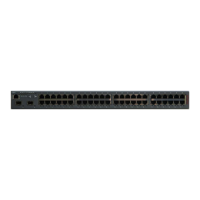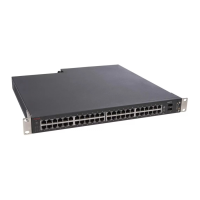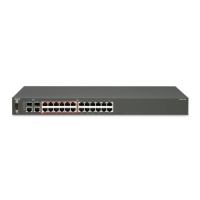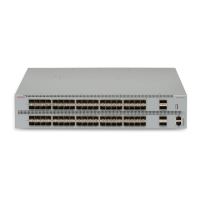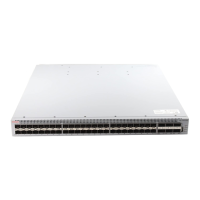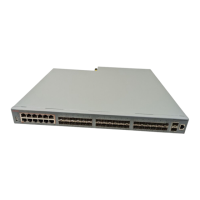Avaya Inc. – External Distribution
block. If they aren’t, they can’t. If there is flexibility regarding which protocol fields can be matched to
achieve the desired result, it may be beneficial to try different filter variations to see which, if any, can be
combined into a block (particularly if resources are scarce). Following are some of the more common sets
of fields that can be used by members of the same block:
VLAN ID (outer), Inner VLAN ID
Source IPv4 address, Destination IPv4 address, IP protocol, L4 source port (exact match), L4
destination port (exact match), DSCP, IP flags, TCP control flags
Source IPv4 address, Destination IPv4 address, IP protocol, L4 source/destination range check,
L4 source/destination port (exact match), DSCP, IP flags, TCP control flags
Destination MAC address, Source MAC address, EtherType, VLAN ID (outer)
Source MAC address, Source IPv4 address, EtherType, VLAN ID (outer)
Destination MAC address, Destination IPv4 address, EtherType, VLAN ID (outer)
4.4.3 Interface Capabilities
Several different types of platforms can be combined into an ERS stack. Across the different platforms
there are several variations of QoS hardware present. This translates into ports with different QoS
capabilities. These differences, some of which have already been discussed, include:
Classifier capabilities – certain protocol fields (e.g., IP flags, TCP control flags, inner VLAN ID)
can only be matched on specific types of ports (deemed QoS Version 2 ports)
Metering capabilities – supported rates, burst sizes and granularity differ across platforms/ports
Range check support – true (random, not bit-mask constrained) range check support is not
available on legacy platforms (deemed QoS Version 1 only ports)
Classifier block flexibility – block member selection is more restrictive on legacy platforms
Action support – IPv6 remarking is not supported on certain legacy platforms
When constructing a filter set, the target port capabilities should be kept in mind. Filter set content should
be restricted to the lowest common denominator in terms of the capabilities supported by the target ports.
Otherwise the filter set installation request will be rejected:
% Filter set requirements incompatible with target interface
Interface capabilities can be displayed with the ‘show qos capability meter’ and the ‘show qos if-assign’
commands.
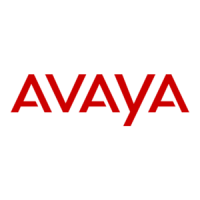
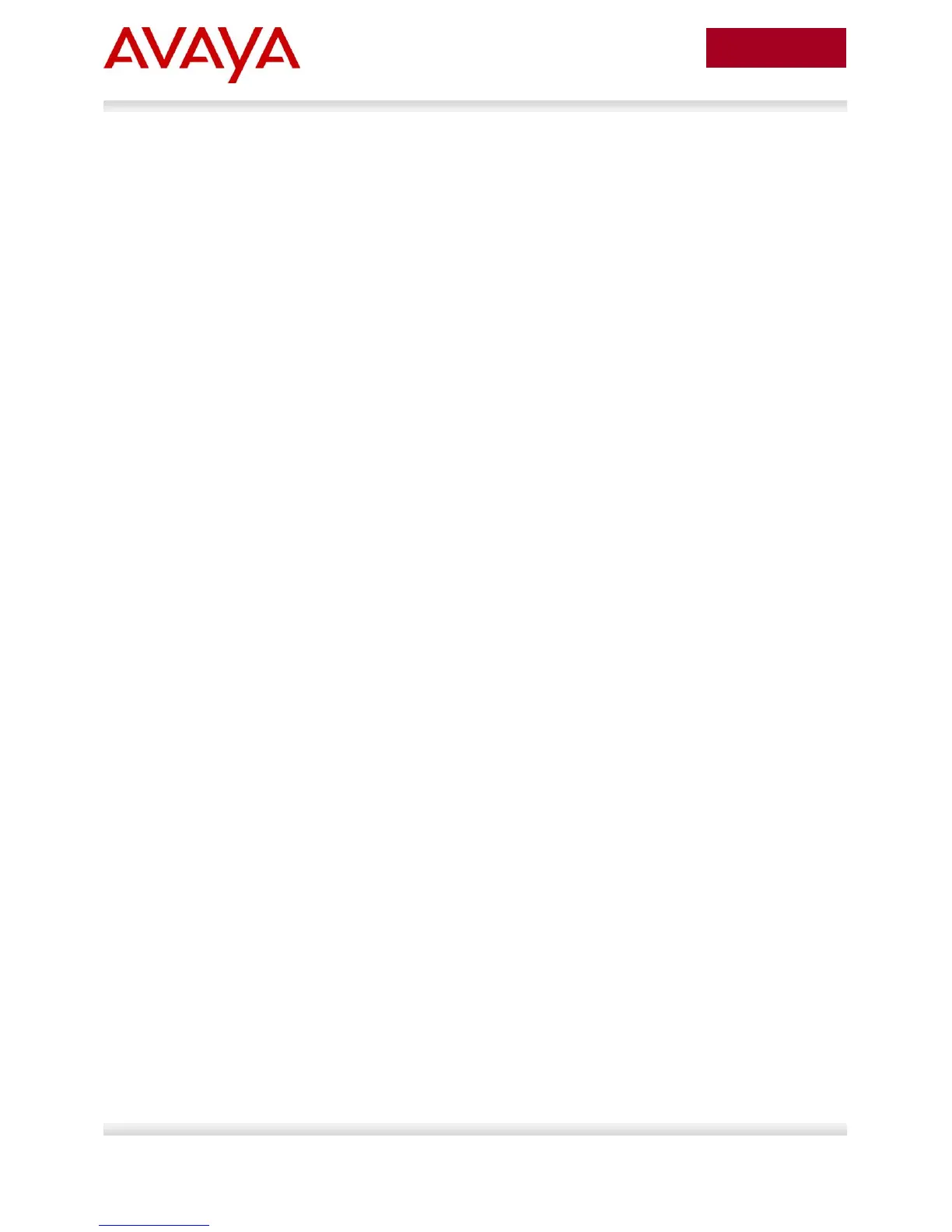